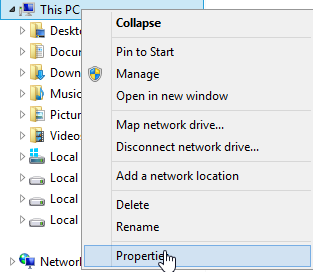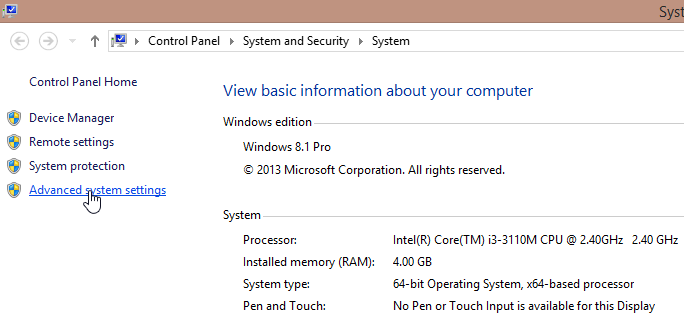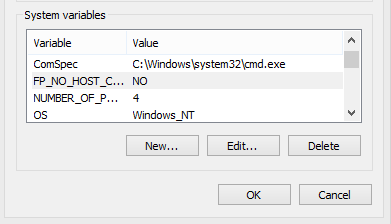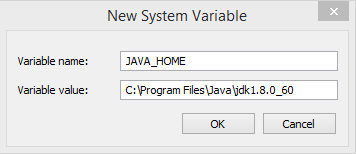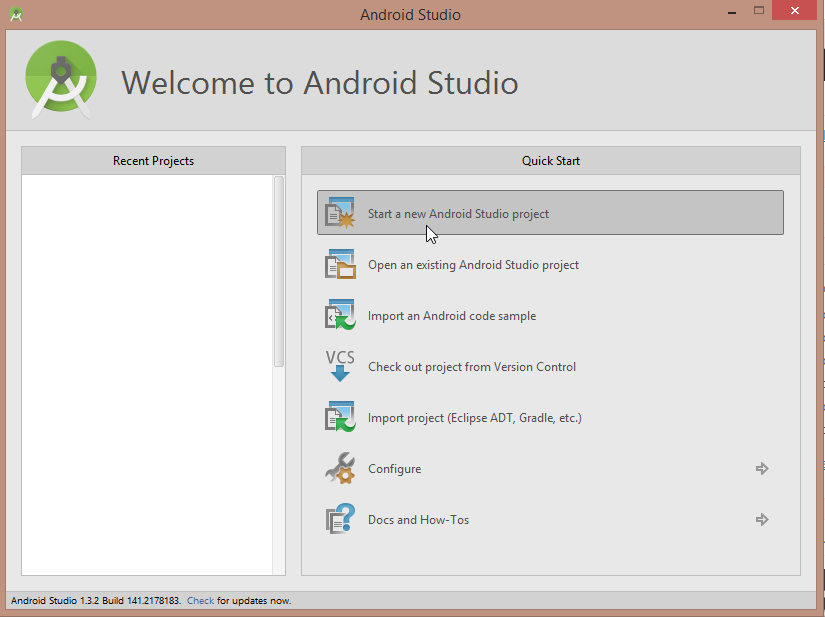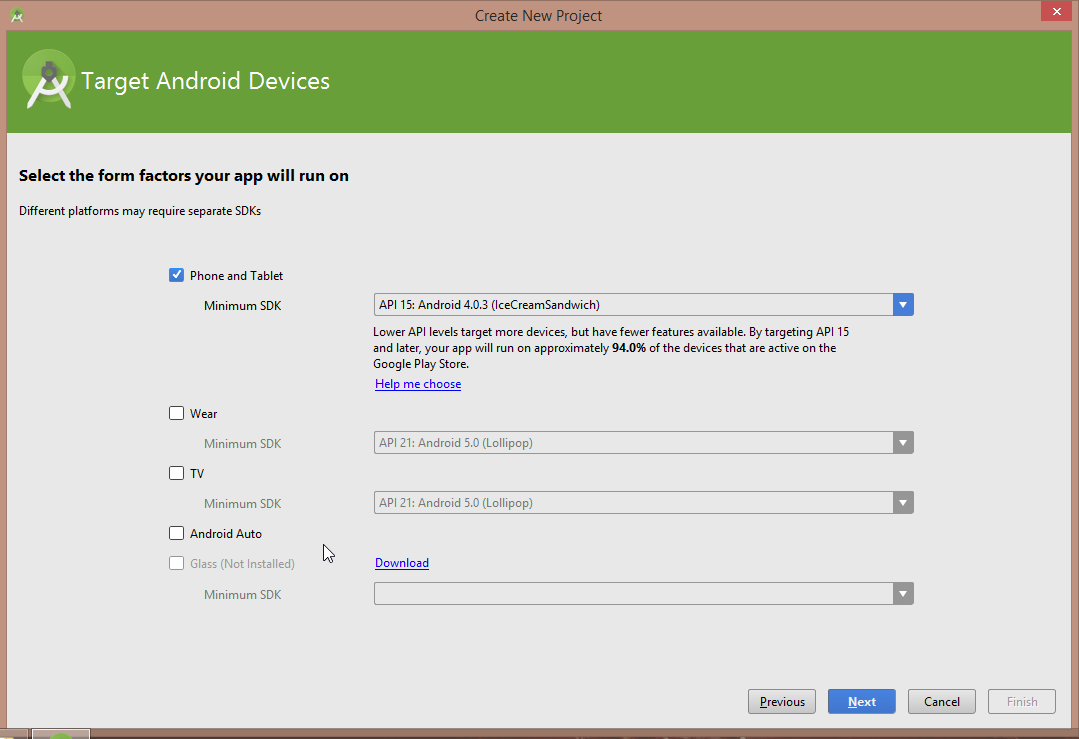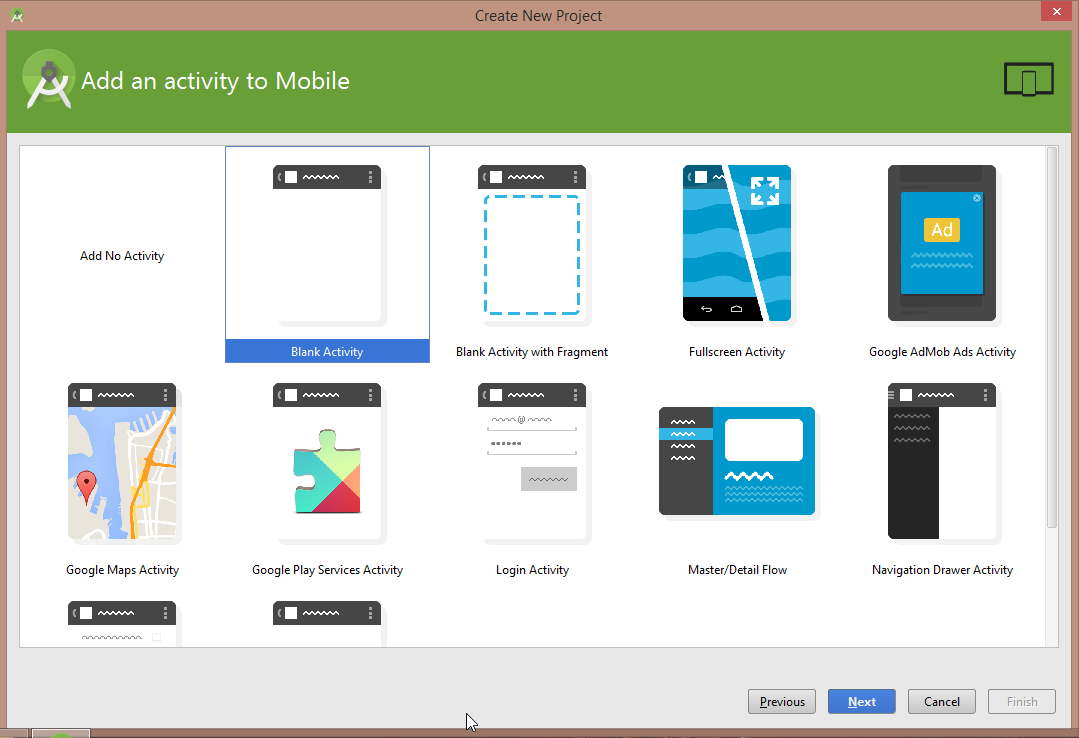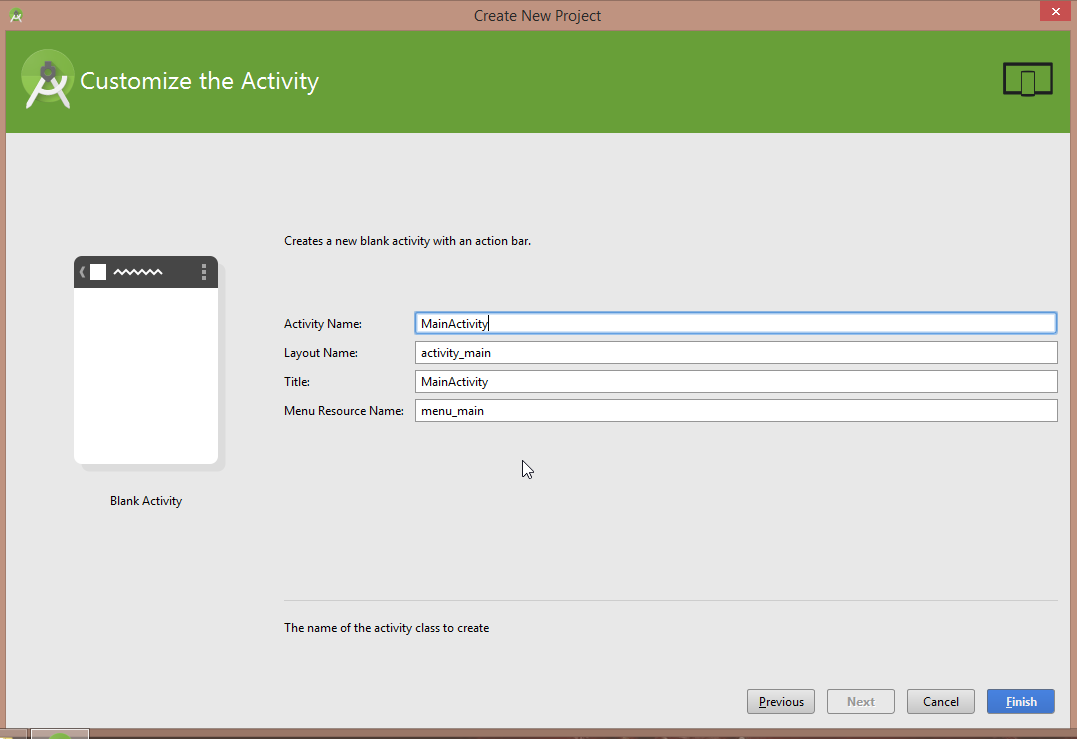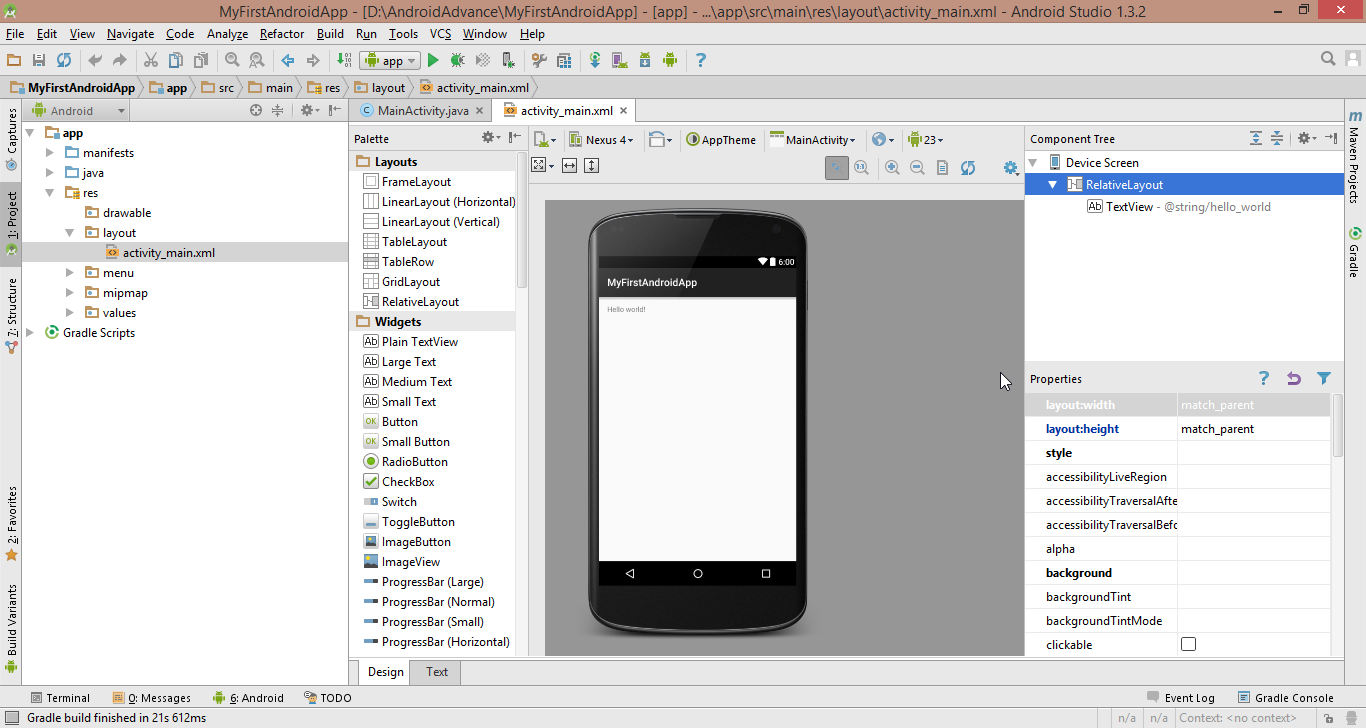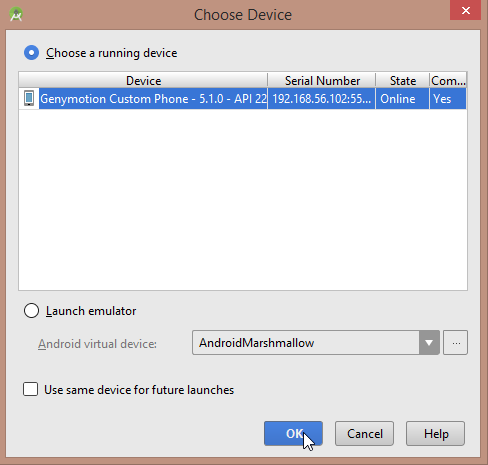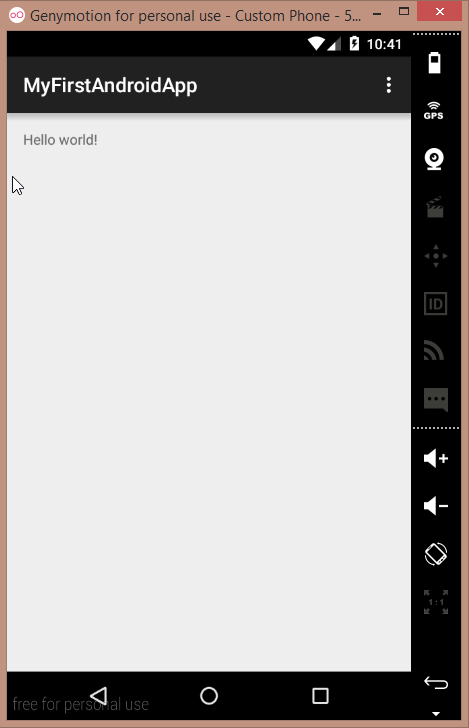Hello friends, I got a lots of emails requesting to write about Android Application Development Tutorial from Scratch. As I have published here many Android Application Development Tutorials but these tutorials are not for beginners. So I am starting this series of Android Application Development Tutorial for absolute beginners. So don’t worry if you don’t even know the ‘A’ of Android App Development. I will try to tell you everything about Android Application Development. So this is the very first post of this series so in this post I will tell you about configuring your system for android application development tutorial.
What you need for this Android Application Development Tutorial Series
- A Computer (Yeah Only A Computer)
What you should already know before starting?
- JAVA Programming Language. You should know the basics of JAVA.
Software Requirements
- Java Development Kit (JDK)
- Android Studio with SDK
Installing Java Development Kit
- First we need to install JDK. So get the JDK from this link.
- In my case I have downloaded jdk8 64bit for windows, because I am using Windows Operating System
- Install JDK (next -> next -> next -> finish as we always do :P)
- Now we need to set an environment variable
Setting JAVA_HOME variable
- Right click on My Computer (This PC) and click on properties
- A window will open, from left click on Advanced System Settings
- Now from the new window that will open click on environment variables
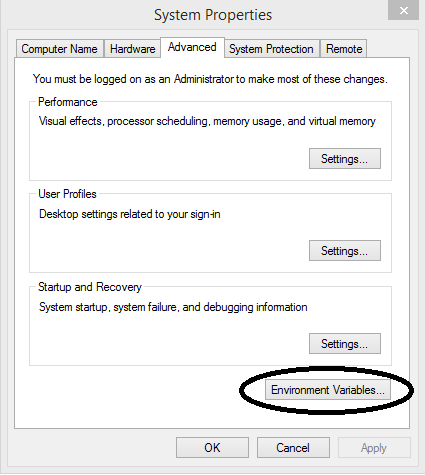
- Now from the new window in System Variables click on new
- Now in Variable Name write ‘JAVA_HOME’ and in value copy the path of your JDK Installation directory usually inside C:\Program Files\Java\jdkxxx
- Now apply the changes and its done.
Installing Android Studio
- Download Android Studio from here
- You will again get an executable file to install android studio
- Install android studio (next -> next -> finish)
- and thats it so simple
- Now you can open Android Studio from start menu
- The final part of this post is to create an emulator to run and debug android apps
Creating an Android Emulator for Debugging and Testing
- Though the installation of Android Studio itself creates an Android Emulator but for this series of tutorial I will be using GenyMotion
- GenyMotion is fast and smooth and consumes less memory so I will be using GenyMotion.
- You can see the details of Installing GenyMotion from here
- After successfully Installing GenyMotion we can start our Android Application Development Tutorial.
Creating Your First Android Application
- Open Android Studio
- Click on Start a New Android Studio Project
- Now you have to fill some details
- The first thing is name of your application
- Next is company domain, you can enter any domain it will be use to create the java packages in your project
- And at last you have to choose a location in your hard drive to store your project
- After filling out the above details click on next
- Now you have to select the minimum version of android for your application
- It is by default 4.0.3 (IceCreamSandwich) that means the application you are creating will not be supported by devices having the earlier versions of android from android 4.0.3
- Now Click on Next
- Now you have to select an Activity for your Application. In android an activity is the screen you see in the application. You can have multiple activities in your application. For now we are creating an activity.
- Here you can see a number of predefined activity templates, don’t bother much we are selecting the first one which is Blank Activity.
- Now click next
- Now you will get the option to customize the Activity
- All the fields are filled already with default so you do not need to change anything unless you don’t want
- The first thing is Activity Name: It is the name of the activity you are creating. A java file will be created with this name. You can change the name if you want but for now we are not changing the name.
- Next is Layout Name: In android we separate the Layout Designing and Coding with XML and JAVA. So for your Activity’s visual design a separate layout file will be created. And what you are seeing here is activity_main this is the name of the xml file for your layout. You can also change this but the rule is you can only use small letters and underscores (_) any other characters are not allowed.
- Next is Title: This is the Title which will appear at the top of your application. Usually it is our Application’s Name.
- The Last is Menu Resource Name: Android studio will also create a menu resource xml file for the menu of your application. And this is the name of the menu file for your android application.
- Don’t worry if you are having difficulties understanding these things we will cover this in detail in my upcoming articles
- And you can also change these settings after creating the project so don’t bother much and just click on Finish.
- Now wait for few minutes and you will see the following screen
- As you can see it is already Hello World!. So now we have an app with a single activity.
- Don’t bother much now we will try to cover each and everything, but for this post I am wrapping up this tutorial.
- Now just see how we can run our application. As I have already said we will use GenyMotion. So open GenyMotion from start menu and start your virtual device.
- Now in Android Studio click on the play button from the top
- Now wait for a while until don’t see the following window
- Now as you can see I have my Genymotion Virtual Device is running. Select the device and click on ok.
- See your Virtual Device Now
Bingo! You have just successfully executed your very first Android Application. So thats it for the first post of this Android Application Development Tutorial Series. In upcoming tutorials we will start understanding android application development. So stay tuned and share the post if you liked it. Thank You 🙂
Next Post: Understanding The Basics

